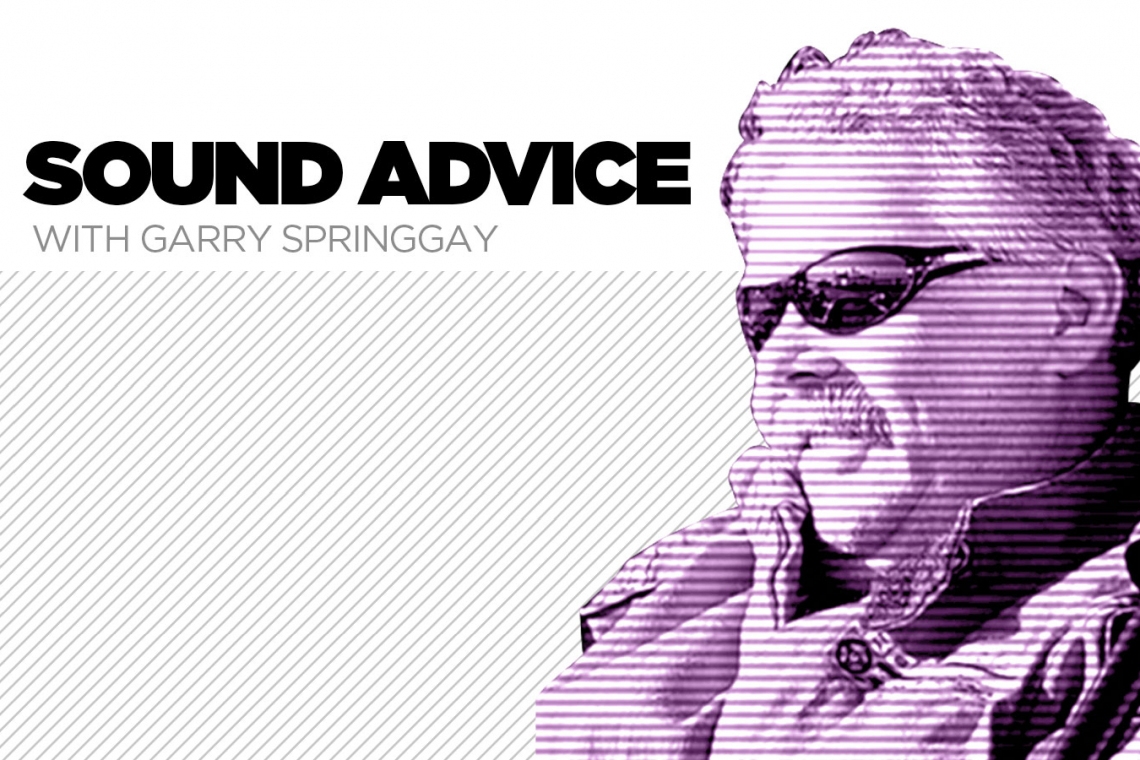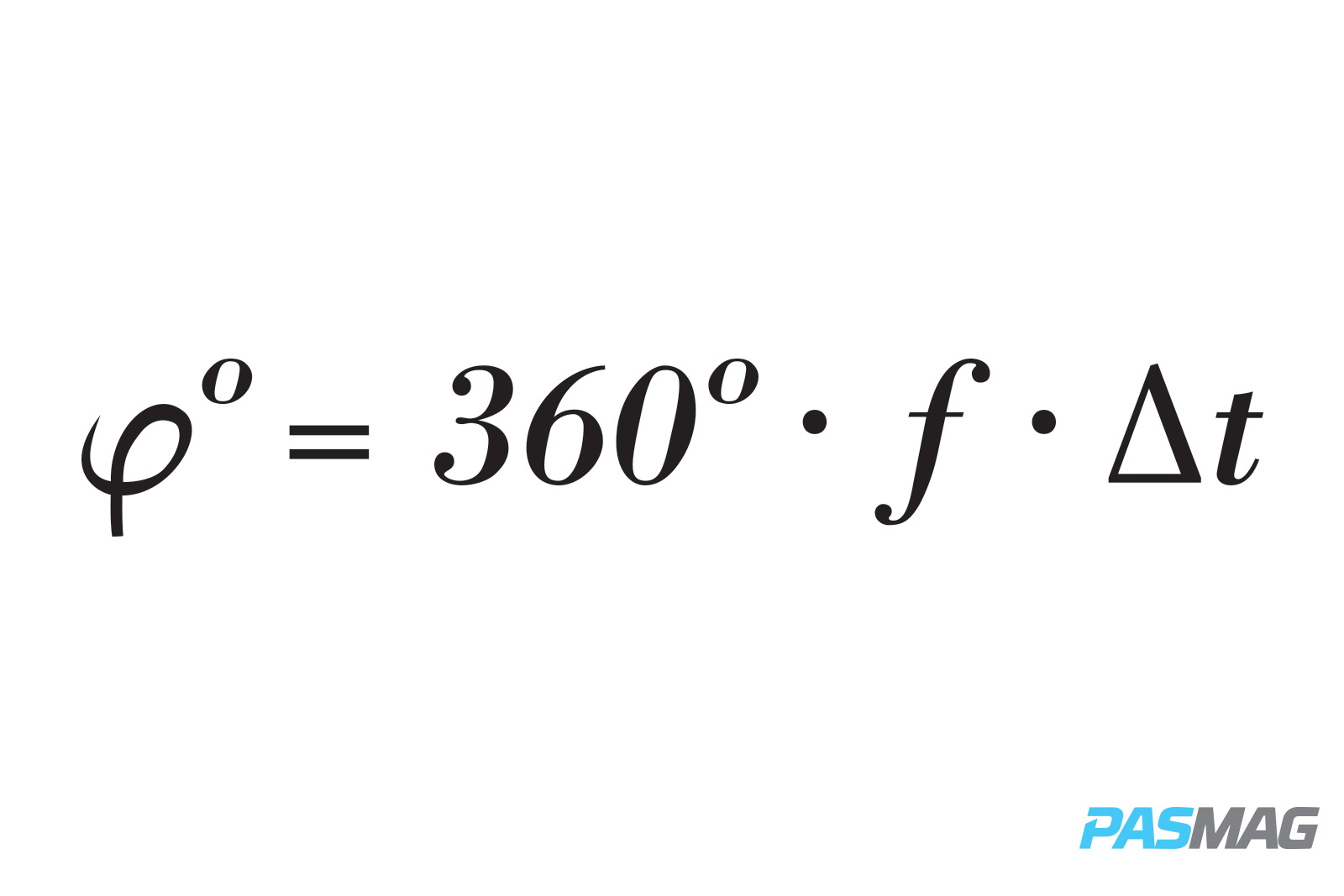Occasionally my friends will come to me for advice about their home or car stereos, which is fine because I go to them for advice on all sorts of other stuff, like landscaping and beer making!
A few weeks ago, a friend of mine (who may be single-handedly keeping several internet retailers in business) called and told me about this great deal he got on some new woofers for his car. He'd done a ton of research and consulted all the internet forums for opinions and advice before buying them. Then, a few days ago, he called again and told me he had a problem with them. It seems he was planning to replace a pair of four-ohm woofers with a pair of dual voice coil four-ohm woofers, but he said "he certainly didn't want to connect his woofers in series!" When I asked why not, I could barely believe his response. Perhaps you have heard the same thing somewhere before...
He proceeded to explain how (according to the "internet experts") connecting speakers in series causes serious problems with phasing, and the delay caused by the wiring smears the sound because the woofers aren't operating exactly in unison. Wow. I've heard some doozies in my life, but this one was at the top of the list. To explain why a series connection is perfectly acceptable for a subwoofer, and why you would never encounter sonic problems with series connected subwoofers, we need to put on the propeller cap for just a bit, and look at some very basic physics.
"I BELIEVE THE 'INTERNET EXPERTS' CONFUSED THE SIGNAL VELOCITY OF ELECTRICITY IN A WIRE WITH THE SPEED OF SOUND IN AIR, WHICH IS MUCH, MUCH SLOWER. ABOUT 874,635 TIMES SLOWER, TO PUT A FINER POINT ON IT."
Let's begin by stating known facts:
The electrical signal that drives our woofers travels through the speaker wire and the woofer's voice coils at something called "signal velocity." This is also known as electromagnetic wave propagation. The actual speed varies with the type and configuration of the conductor, but in a copper wire, the speed of the signal is about 97 percent of the speed of light. We know that the speed of light is approximately 299,800,000 meters per second. This can be expressed in other ways too, such as 671,000,000 miles per hour, or we could say it takes light about 0.00000537 seconds to travel one mile.
Okay, so armed with that information, let's examine the "delay" caused by wiring two woofers in series. Imagine two woofers placed three meters apart. We can pretend also that each voice coil has a winding that is 10 meters long. This means that from the input of the first woofer to the output of the second woofer, the signal travels a distance of 23 meters. Knowing this distance and the signal velocity, we can calculate that the signal will travel through the 23-meter path in roughly 0.00000079 seconds. Does that sound like much of a delay to you? Here is how to calculate phase shift in degrees:
The amount of phase shift varies with the frequency, so for our woofer system, there would be about 0.03 degrees of phase shift at 100 Hz. To put this in greater perspective, you could cause the same amount of perceived phase shift by moving your head less than one-tenth of an inch in any direction.
I believe the "internet experts" confused the signal velocity of electricity in a wire with the speed of sound in air, which is much, much slower. About 874,635 times slower, to put a finer point on it. For those of you who are still reading, the speed of sound in air varies slightly with altitude, humidity and temperature. But as a general rule of thumb, we can use a figure of 1,127 feet per second, or about 768 mph.
I thought about this for quite a while, and I was able to come up with one reason, in one very special set of circumstances, where wiring in series could cause sonic problems - but still not in woofers. If, for example, you were trying to drive a set of full range speakers in series, the frequency response of the second speaker may differ from the first because of the difference in the source impedances driving each speaker. The first one would be driven from the amp with very low output impedance, while the second (and subsequent) speakers would see/receive the output impedance of the speaker(s) they were connected to. This is a very unusual set of conditions however, and one we're very unlikely to encounter in car audio.
Bottom line: it's perfectly acceptable to connect woofers in series - dozens of them in fact. There will be no perceptible phase shift in the drivers from series wiring. Tell your friends. Let's kill some of these mistruths and rumors before they get so ingrained that people accept them without thinking critically for themselves.
Until next time, good listening!
Contributor: Garry Springgay
Related Articles
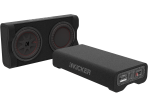 Understanding Audio Radiators w/ KICKER
Understanding Audio Radiators w/ KICKER
 OPTIMA Batteries - Battery Mounts
OPTIMA Batteries - Battery Mounts
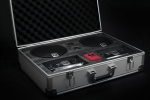 MB Quart Q Series Speakers
MB Quart Q Series Speakers
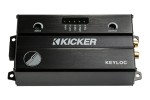 KICKER KEYLOC Smart Line-Out Converter
KICKER KEYLOC Smart Line-Out Converter
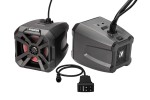 KICKER Begins Shipping PowerCans 6.5-inch Amplified Speaker Systems
KICKER Begins Shipping PowerCans 6.5-inch Amplified Speaker Systems
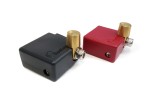 KnuKonceptz Vertical Top Post Adapter
KnuKonceptz Vertical Top Post Adapter


